| |
Family (Alpha): | |
| View | Gryllidae Members:
| NC Records |
|---|
Oecanthus exclamationis Davis, 1907 - Davis's Tree Cricket |
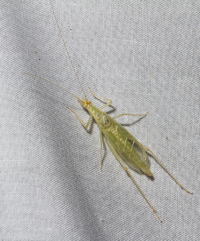
Male | 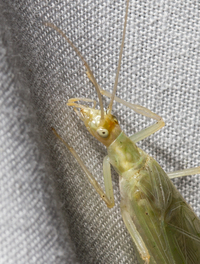 |
|
|
|
|
|
Image Gallery for Oecanthus exclamationis - Davis's Tree Cricket
|
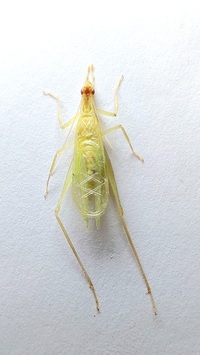 | Recorded by: Mark Basinger and Donald Zepp
Pitt Co.
Comment: |  | Recorded by: Mark Basinger and Donald Zepp
Pitt Co.
Comment: |
 | Recorded by: Khaos
Transylvania Co.
Comment: |  | Recorded by: Khaos
Transylvania Co.
Comment: |
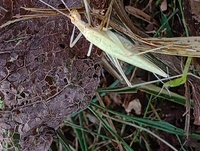 | Recorded by: Khaos
Transylvania Co.
Comment: | 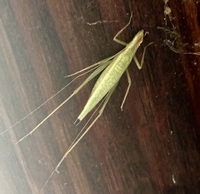 | Recorded by: Ken Kneidel
Yancey Co.
Comment: |
 | Recorded by: Ryan Nelson
Union Co.
Comment: |  | Recorded by: Steve Hall
Wake Co.
Comment: |
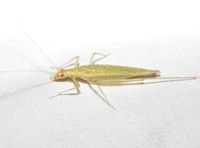 | Recorded by: Kyle Kittelberger
Wake Co.
Comment: |  | Recorded by: Stephen Hall
Orange Co.
Comment: |
 | Recorded by: Stephen Hall
Orange Co.
Comment: | 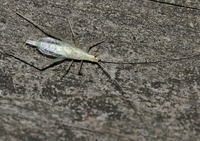 | Recorded by: Kyle Kittelberger
Surry Co.
Comment: |
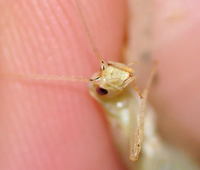 | Recorded by: Kyle Kittelberger
Surry Co.
Comment: |
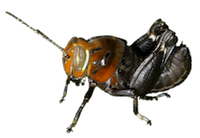
 »
»
 »
»